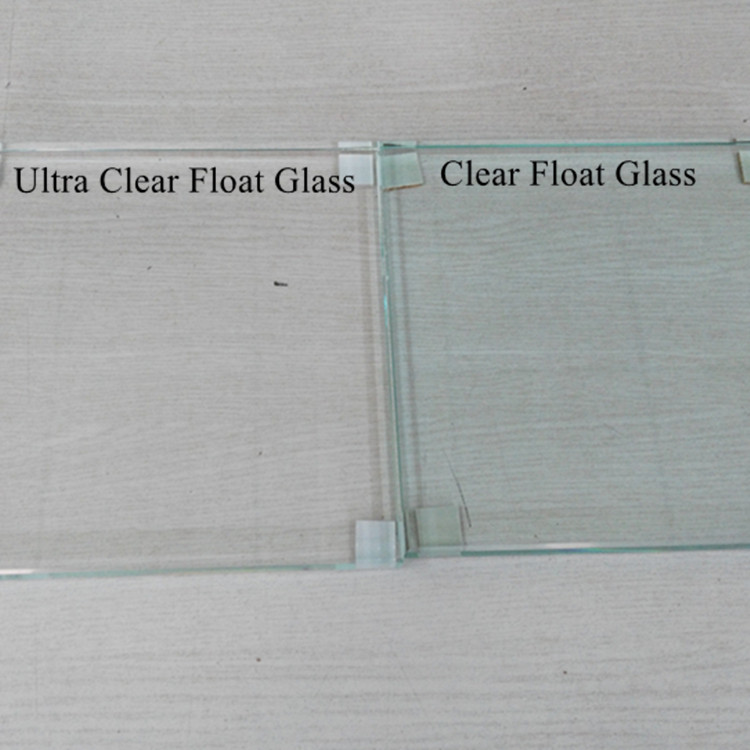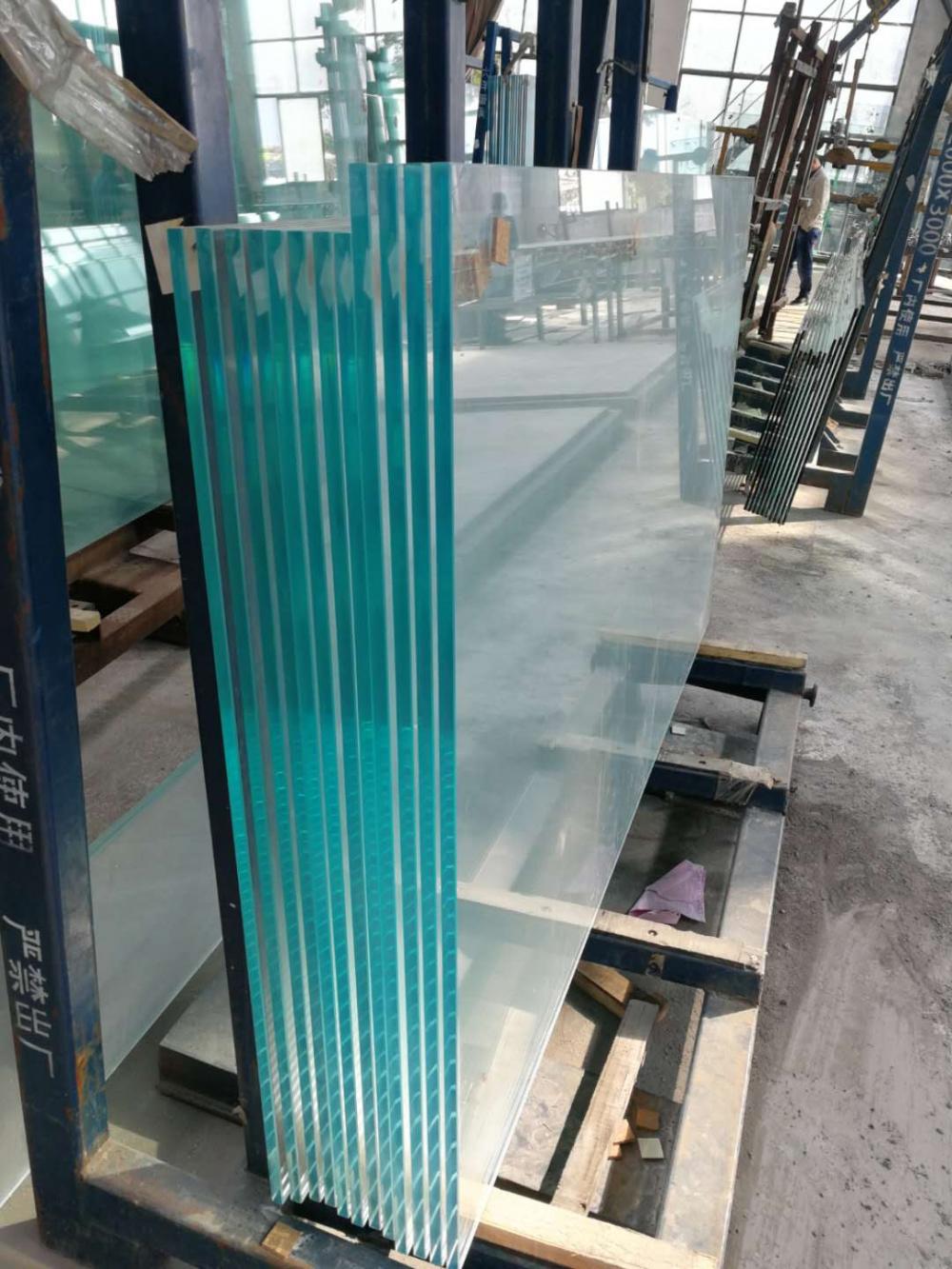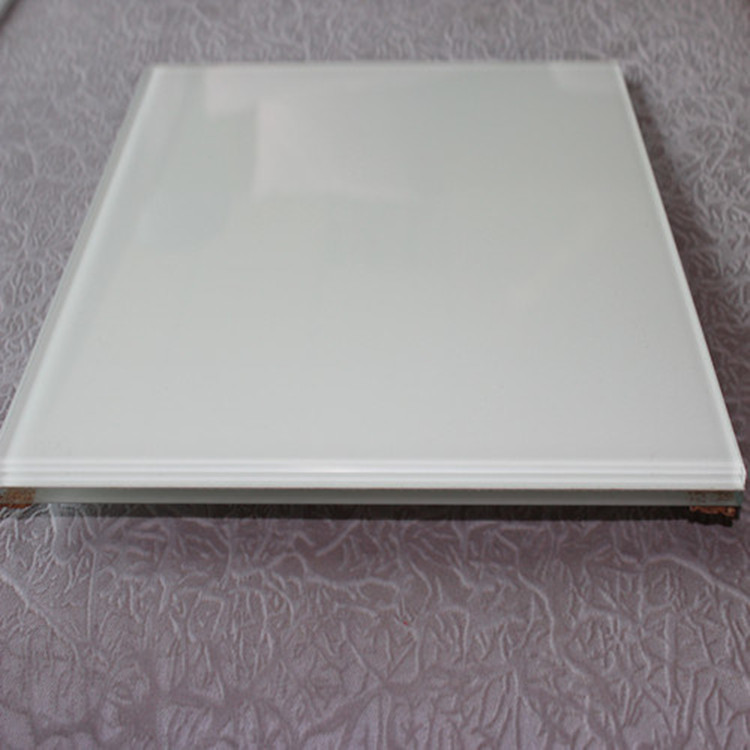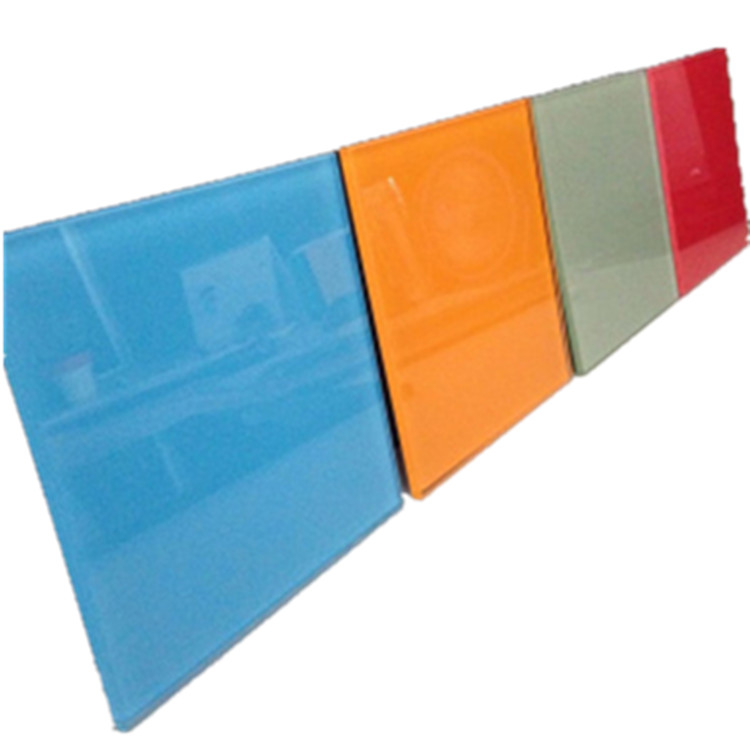Expert: China does not have the problem of low-cost dumping of aluminum exports
Rusal, the world's largest aluminum producer, recently warned the Australian government to urge the Australian government to take action against China's massive export of aluminum to the Asian market, denounced the practice of Chinese exporters as “disguised†and “dumpingâ€, saying that it hopes next time. The World Customs Organization meeting discussed this issue and recommended that the Middle East countries initiate anti-dumping investigations. This is the second time that the United States and the European Union have decided to dump Chinese steel products, and aluminum may become another trade complaint in Western countries. Through in-depth investigation and research, we have shown that China's electrolytic aluminum industry with overcapacity and high energy consumption has been self-sufficient, and through the development of import and export adjustments, the 15% tariff reduction policy for electrolytic aluminum exports is only High value-added aluminum processed products adopt a 13% tax rebate policy to guide domestic electrolytic aluminum enterprises to quickly eliminate backward production capacity, so as to meet the domestic demand for high-end aluminum products in dependence on imports, there is no case of encouraging enterprises to dump at low prices in the international market. .
Why does RUSIC propose anti-dumping against China?
Russia's aluminum industry is one of the world's three largest aluminum companies, 80% of which are sold to the international market, the main export product is primary aluminum. In 2013, due to the continued decline in international aluminum prices, it gradually fell from US$2,060/ton at the beginning of the year to US$1,780/ton, resulting in a net loss of US$3.322 billion in 2013. In 2014, on the one hand, the company successfully completed the inefficient capacity reduction plan, and the output of primary aluminum was 3.601 million tons, a decrease of 6.6% from the previous year. On the other hand, international aluminum prices continued to rise in the first three quarters, reaching a maximum of $2064/ton, and the weak Russian currency boosted RUSAL's profitability. As a result, the company began to turn losses in 2014 with a net profit of $293 million. However, with the international aluminum price falling again in the second half of 2014, it has already fallen to $1,780/ton, and Rusal will face the edge of another loss. At this time, RUSAL did not find a solution to the company's stable profit from its own reasons. Instead, it believed that the international aluminum price continued to fall due to low-cost dumping in China. It tried to initiate a boycott of China's aluminum export products and imposed anti-dumping duties. Expanding the country's export share and raising the international aluminum price, which in turn will result in the stable profitability of RUSAL itself.
China's aluminum products do not have low-cost dumping
China's electrolytic aluminum market began to appear oversupply as early as 2002. With the increasing domestic electrolytic aluminum production, China's export policy for electrolytic aluminum has gradually changed, from the tax rebate on electrolytic aluminum exports to the cancellation of export tax rebates. On January 1, 2005, the export tax on electrolytic aluminum was levied. By November 2006, the export tax on electrolytic aluminum was raised to 15%. The government’s export of electrolytic aluminum has been a policy of suppression for nearly a decade. The reason why the Chinese government has suppressed the export of electrolytic aluminum is mainly due to the following aspects. The first domestic electrolytic aluminum supply is becoming more and more serious. Secondly, electrolytic aluminum is a high-energy, low value-added product, and a large amount of energy consumed in the production process does not conform to the development direction of national energy conservation and emission reduction. Thirdly, the upstream product of electrolytic aluminum in China has low grade of bauxite, high production cost and no competitive advantage. Therefore, domestic electrolytic aluminum plants import a large amount of bauxite and alumina from the international market, resulting in a large inflow of profits from the aluminum industry. The alumina producing country, which the country does not want to see. In recent years, the main requirement of the Chinese government for the domestic electrolytic aluminum industry is to meet domestic demand, and to properly adjust the surplus through import and export. The Chinese government adopts a repressive attitude toward the export of electrolytic aluminum, and adopts a policy of phase-out for domestic enterprises' backward production capacity, thereby guiding domestic enterprises to upgrade and improve their competitiveness. Through these years of policy guidance, although China's electrolytic aluminum production capacity continues to grow, but under the effect of the national suppression policy, domestic electrolytic aluminum enterprises, through the continuous reduction of power consumption, labor costs, mergers and reorganization, the use of China's western power and water The relatively low-cost conditions began to gradually shift to the west, thus ensuring that the international electrolytic aluminum prices continue to decline and the domestic electrolytic aluminum supply continues to be surplus, and can continue to develop and maintain relatively low profits.
Although China's electrolytic aluminum is obviously oversupplied, China's high value-added aluminum products are in short supply. A large number of high-purity aluminum products are imported from the international market. In order to change this passive situation, the Chinese government has always treated the electrolytic aluminum industry. The guiding policy is to upgrade, reduce the low value-added primary aluminum production capacity, and encourage the production of high value-added aluminum industrial products, so adopt an incentive policy for the export of aluminum products, so as to adopt a 13% export tax rebate.
What is low-cost dumping means that the operator sells goods at a price lower than the cost for the purpose of crowding out the competitors. The export of electrolytic aluminum enterprises in China belongs to the normal export behavior in international trade. Because of the low labor cost in China, coupled with the continuous elimination of backward production capacity under the guidance of national policies in recent years, the production cost is continuously reduced, which makes the international aluminum price so low. In the case of a certain meager profit, there is no case of dumping below the cost and low price. Therefore, Rusal said that the low-cost dumping of Chinese electrolytic aluminum enterprises is entirely a false proposition for achieving their own purposes.
The decline in international aluminum prices is not caused by Chinese exports
Rusal is believed to be a large export of China's electrolytic aluminum, which has caused the international aluminum price to continue to weaken. In 2014, RUSAL produced 3.6 million tons and exported 2.91 million tons, with an export ratio of 80%. In 2014, China's electrolytic aluminum output was 24.38 million tons, imported unforged aluminum and aluminum alloy 353,000 tons exported 666,000 tons, and net exports were only 313,000 tons. Exports are less than 3% of production, and net exports are only 1%. It can be seen from the above data that whether it is export volume or export ratio, Rusal is far larger than China.
In fact, the continuous decline in international aluminum prices since September 2014 is mainly caused by the following aspects. The first dollar index has continued to rise rapidly since July 2014, rising from 78 at the time to the current 98, which directly led to the continued decline of international commodities settled in US dollars, and the “king of money†gold was not spared. The price of the second international non-ferrous metals has been at a high level, and the dollar bull market has further increased the magnitude and intensity of the decline. Among them, the trend of copper is the most obvious, from the current 7150 US dollars / ton to the lowest point of 5339 US dollars / ton, the cumulative decline reached 25%, while aluminum prices fell only 14% during the same period. There is no inevitable connection between the decline in international aluminum prices and China's exports.
How should China respond to Rusal's anti-dumping behavior
This time, Rusal was mainly proposed for 13% of the export tax rebate for aluminum products in China. It is proposed that Chinese aluminum enterprises will carry out simple processing after the production of primary aluminum. For example, the aluminum that has been refined from the original aluminum is agglomerated, but it can change its shape relatively easily, and it can be changed to “door†or “hub coverâ€. Such "semi-finished products", after the export, will re-melt these "semi-finished products" into aluminum and transport them to the places where they really want to export. We believe that this situation must exist in actual trade and is a means for enterprises to avoid taxation reasonably, but this is not in line with China's original intention of encouraging high-grade aluminum products. In 2014, how many of China's aluminum exports of 3.67 million tons belonged to the successful tax avoidance through the simple processing of primary aluminum is still a difficult figure. However, since RUSAL is the first to attack this piece, the Chinese government should also intensify inspection and punishment for such rough-cutting and defrauding of tax rebates, and formulate a clearer quality standard for exporting aluminum materials, thereby guiding enterprises to improve production. The power of high-end aluminum products is conducive to improving international relations and avoiding loopholes in the industry.
Low-iron glass, also ultra clear glass, is a type of high-clarity glass that is made from silica with very low amounts of iron. This low level of iron removes the greenish-blue tint that can be seen especially on larger and thicker sizes of glass. Low-iron glass is used for aquariums, display cases, some windows, and other applications where clarity is desired.
Tempered or toughened glass is a type of safety glass processed by controlled thermal to increase its strength compared with normal glass. Tempering puts the outer surfaces into compression and the interior into tension. Such stresses cause the glass, when broken, to crumble into small granular chunks instead of splintering into jagged shards as plate glass (a.k.a. annealed glass) does. The granular chunks are less likely to cause injury.
Tempered Glass ultra clear glass is a kind of safety glass, with low rate of explosion, high transmittance, to meet some request which need high transmittance. For some printed or back painted tempered glass, ultra clear glass as for subtract can provide the truest color.




Safety Tempered Glass,Laminated Tempered Glass,Tempered Glass Panels,Uv Tempered Glass
Shanghai Lead Glass Co.,Ltd , https://www.leadglazing.com
